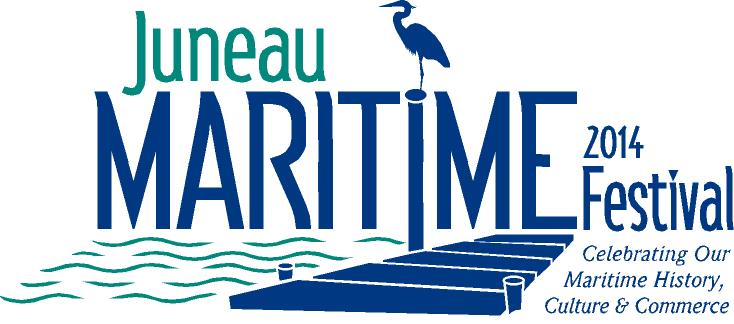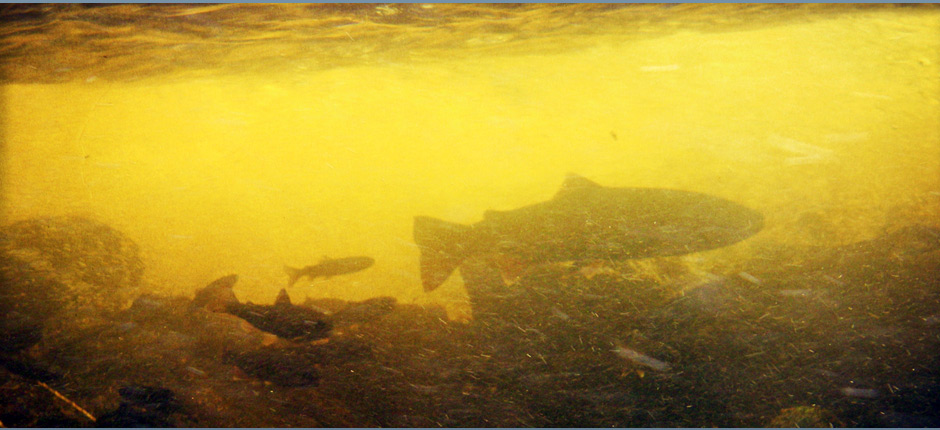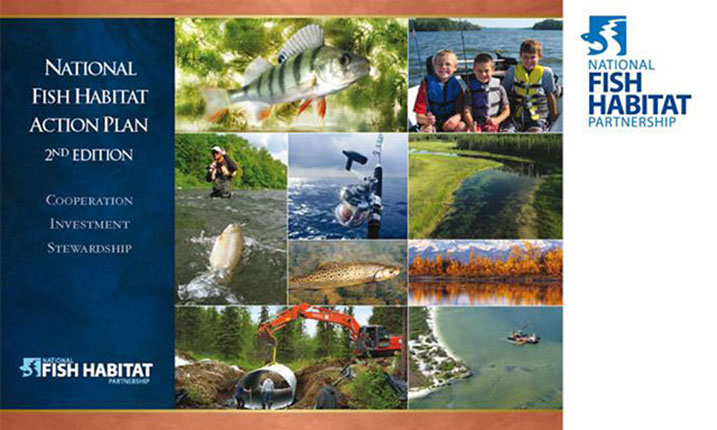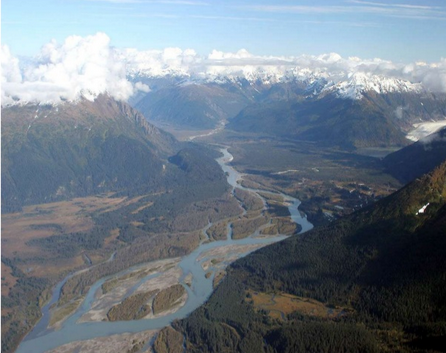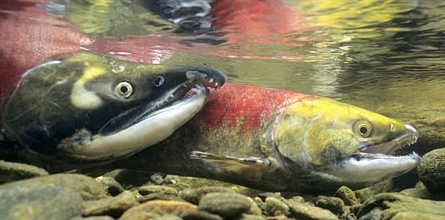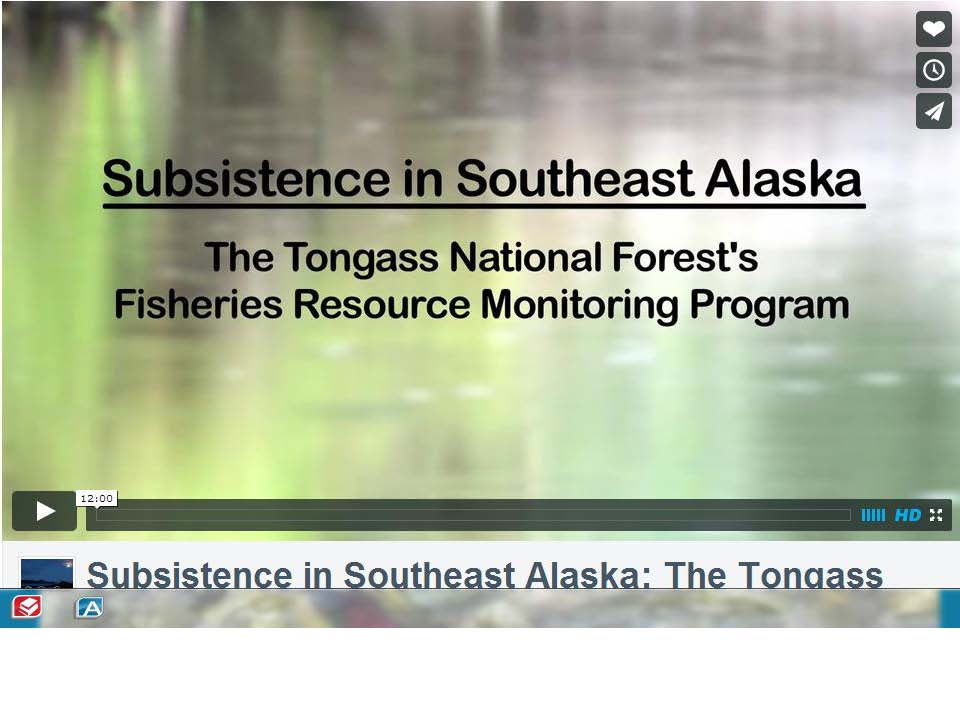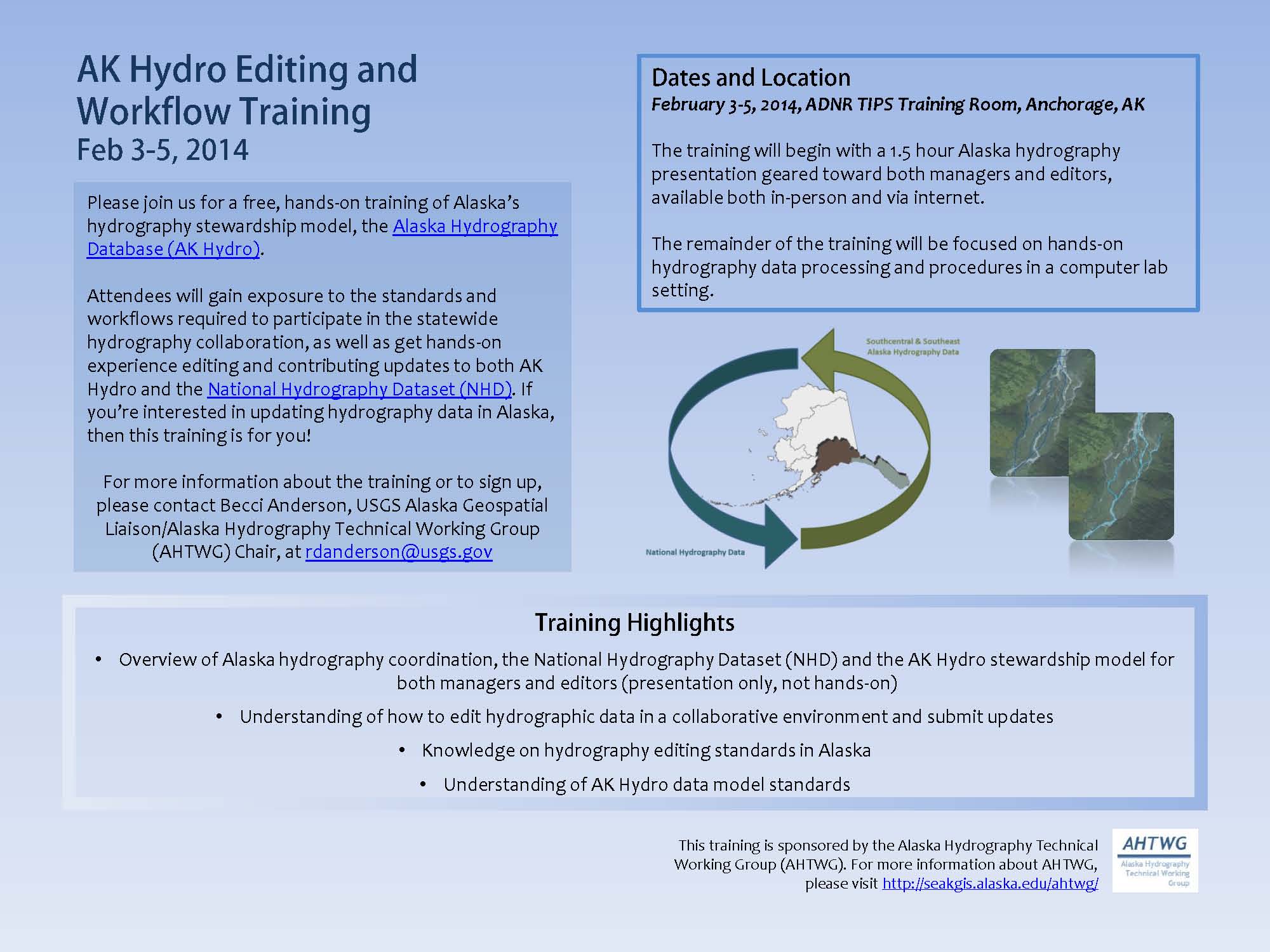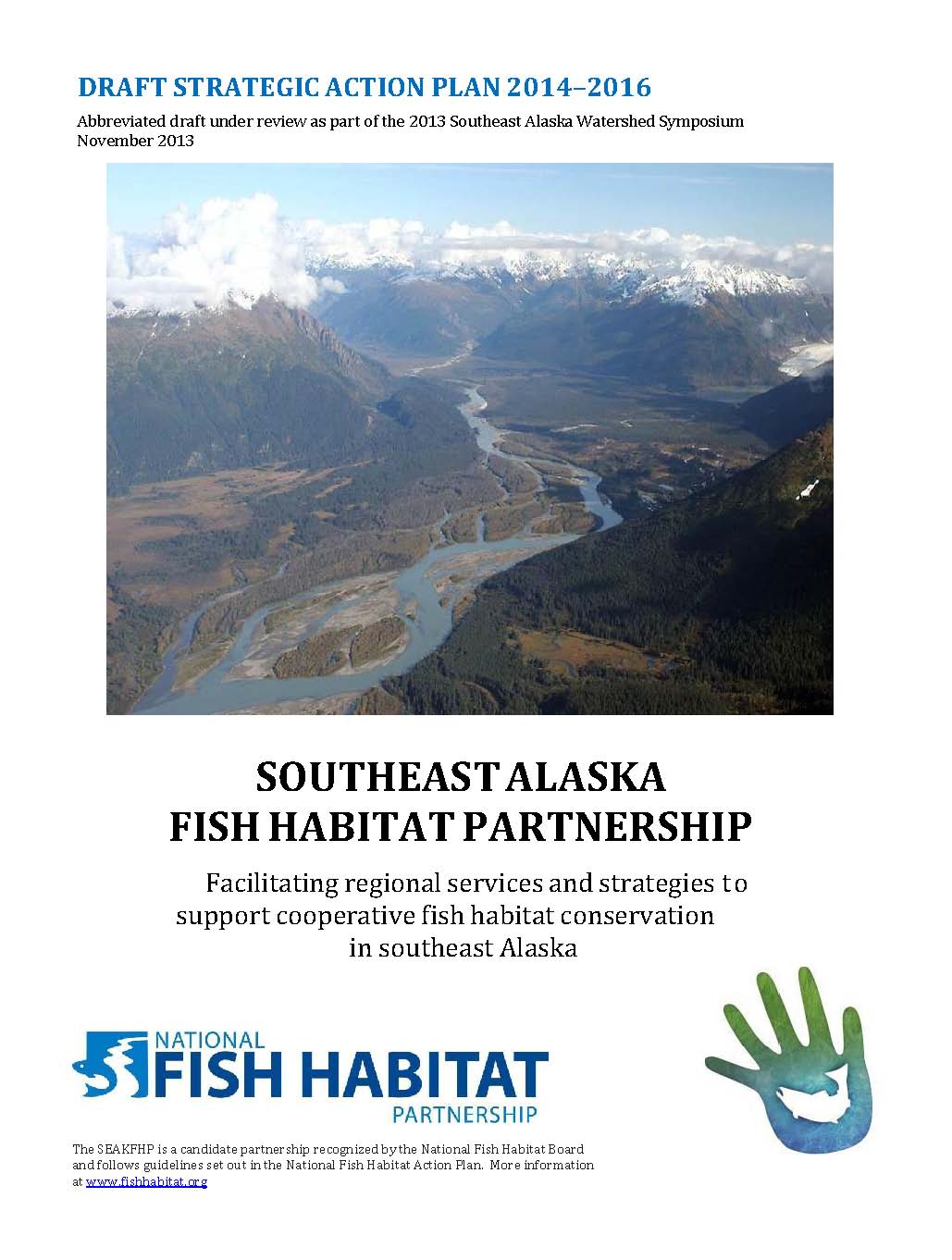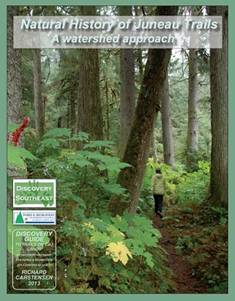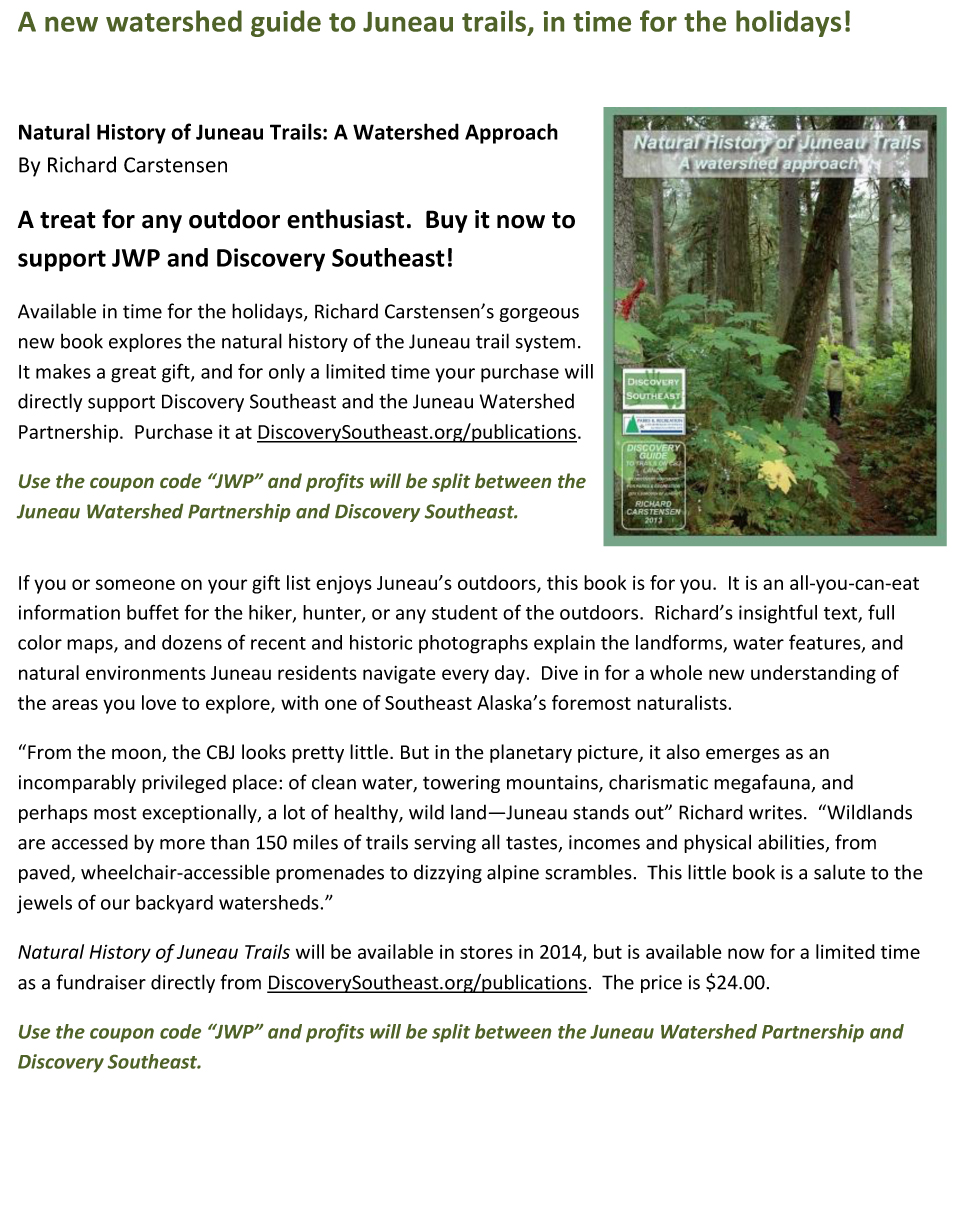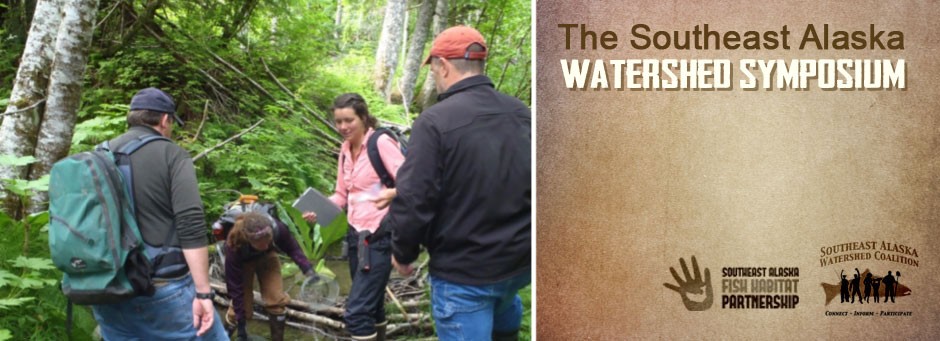Sportfishing and Conservation Groups Hail Introduction of National Fish Habitat Conservation Act in Senate
Bipartisan Bill will help Conserve Aquatic Resources and support the National Fish Habitat Partnership
March 6, 2014 – Washington, D.C. – Senator Ben Cardin (D-MD) and Senator Mike Crapo (R-ID) introduced S. 2080 the National Fish Habitat Conservation Act (NFHCA) on March 5, 2014. The bipartisan legislation authorizes the National Fish Habitat Action Plan (NFHAP) – an unprecedented national partnership effort aimed squarely at protecting, restoring and enhancing the nation’s aquatic resources and fish habitat.
Both Senators Cardin and Crapo sit on the Environment and Public Works Committee – Senator Cardin is the Chair of the Water and Wildlife Subcommittee. Previous versions of NFHCA have enjoyed broad bipartisan support in Congress, including bipartisan approval by the Environment and Public Works Committee in two different Congresses. The language in the bill introduced today includes modifications to language in earlier versions of NFHCA that were made in consultation with several Senators and their staffs from both sides of the aisle.
“Choosing to protect our natural resources is good for our environment and our economy. Right now we need deliberate and targeted action to stem the loss of our precious aquatic habitats,” said Senator Cardin. “Our bill takes a comprehensive approach to stopping the single greatest cause of declining fish populations, by stemming the decline of healthy aquatic ecosystems that are critical to all fish species. We need to encourage healthier habitats for waterfowl and other wildlife as well as safer recreational waters for Americans to swim, boat and fish.”
“The legislation we’ve introduced stems from Senator Cardin’s and my shared goals of protecting, maintaining and improving our fish habitats,” said Senator Crapo. “Instead of creating new regulations and mandates, our bill fosters partnerships between federal, regional and local stakeholders to work together to promote healthy and sustainable fish populations for our communities.”
A wide range of sportsmen’s and conservation groups has endorsed this legislation over the years. It is the hope of these groups and others supporting this historic piece of legislation that it be adopted as an amendment to the Bipartisan Sportsmen’s Act of 2014 (S. 1996) – a package of legislation introduced by Senators Kay Hagan (D-NC) and Lisa Murkowski (R-AK).
“We truly appreciate the leadership of Senators Cardin and Crapo in the introduction of this Act,” said Gordon Robertson, Vice President of the American Sportfishing Association. “The National Fish Habitat Conservation Act would be a great addition to the Bipartisan Sportsmen’s Act of 2014 as it does not have a fishery habitat conservation piece of any kind and we believe the Fish Habitat Act would not only round out the package of bills but solidify the benefits for the sportsmen and women’s communities. The Fish Habitat Conservation Act will be a great compliment to the existing and long standing Sport Fish Restoration Act.”
“The National Fish Habitat Conservation Act is a critical piece of locally driven, common-sense legislation that will benefit local communities, and fish and fish habitat,” said Jen Mock Schaeffer, Government Affairs Director for the Association of Fish and Wildlife Agencies. “Designed to replicate the continent’s preeminent and successful plan for conserving waterfowl, the North American Waterfowl Management Plan, the National Fish Habitat Conservation Act can provide the same kind of conservation benefits for fish and fish habitat across the country.
“The Nature Conservancy joins our partner organizations in supporting the National Fish Habitat Conservation Act introduced by Senators Cardin and Crapo,” said Kameran Onley, Director of U.S. Government Relations for The Nature Conservancy. “After many months of negotiations, we are pleased with this version of the legislation which reinforces the importance of the role of states and better addresses concerns raised by ranching and agriculture communities. This legislation is a model for the way conservation should occur – through voluntary, community-based, and from the-ground-up efforts.”
“The National Fish Habitat Action Plan is already working on the ground to make sport fishing better, from helping farmers manage livestock to protecting brook trout streams in West Virginia, to enhancing growth of native vegetation, improving water quality on Lake Conroe, Texas, to improving stream flows for coho salmon through a partnership with vintners on the Russian River, California” said Steve Moyer, Trout Unlimited. “The new bill will ensure that farmers, ranchers and other landowners have a seat at the decision-making table and will ensure the long term sustainability of the program.”
In 2013 alone, National Fish Habitat Partnership projects opened nearly 200 miles of waterways to fish passage. Efforts like this implemented by grassroots-led habitat partnerships are one of only a few ways the National Fish Habitat Partnership is making a difference in conserving fish habitats across the country.
About the National Fish Habitat Partnership:
Since 2006, The National Fish Habitat Partnership has been a partner in 417 projects in 46 states benefiting fish habitat. The National Fish Habitat Partnership works to conserve fish habitat nationwide, leveraging federal, state, and private funding sources to achieve the greatest impact on fish populations through priority conservation projects. The national partnership implements the National Fish Habitat Action Plan and supports 18 regional grassroots partner organizations. For more information visit:
http://fishhabitat.org/
http://www.facebook.com/NFHAP
https://twitter.com/FishHabitat
http://www.scoop.it/t/fish-habitat
Ryan Roberts
National Fish Habitat Partnership Communications Coordinator
Association of Fish & Wildlife Agencies
444 N. Capitol St. NW (Suite 725)
Washington, DC 20001
O: 202.624.5851
C: 202.329.8882
www.fishhabitat.org


